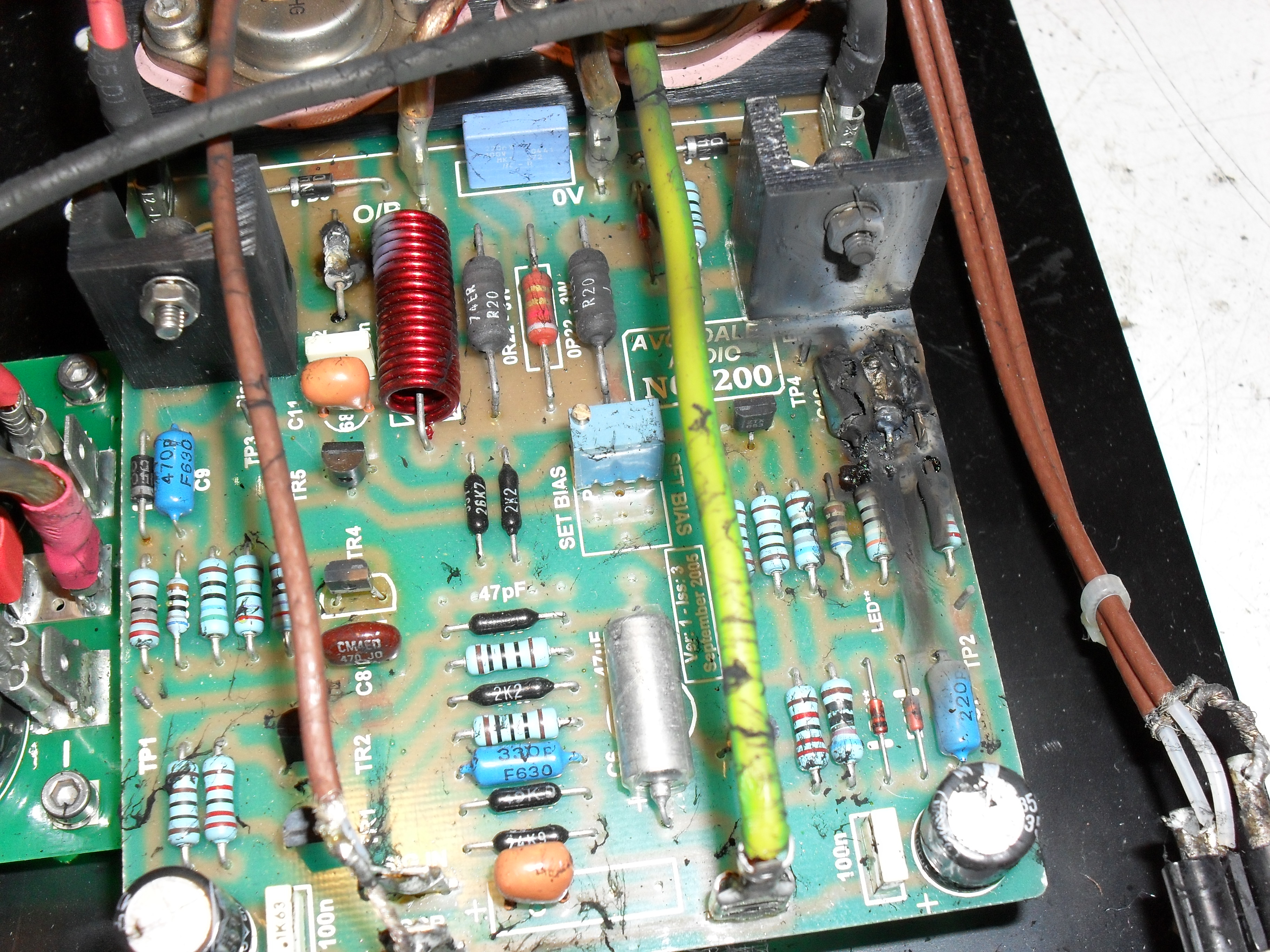Arkless Electronics
Trade: Amp design and repairs.
Surely Naim kit will be fitted with speaker protection anyway??????? (That is logic, not experience or knowledge speaking.)
No. But if using the original regulators they have a current limiter that should trip.


